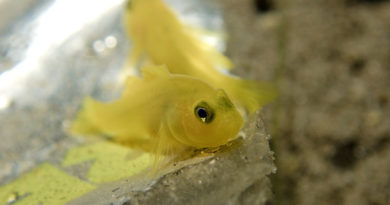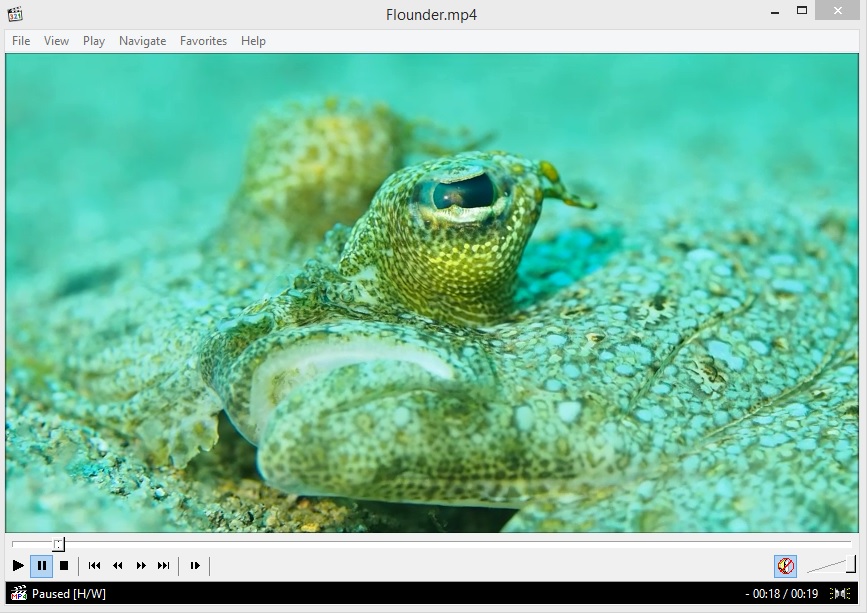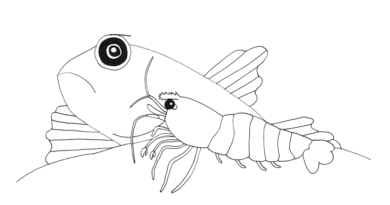Video Yeah!
So – I am shooting some video underwater these days! How is that going?
Difference Video – Photographs:
I am now using my Canon 5DII for video – the same camera I have been using for stills for years. It’s a top tool for video as well, and really only a busy schedule kept me from using it for video before. It’s a bit tricky to get the settings right, and this webpage helped me quite a bit.
I also installed Magic Latern to expand the software capabilities of my 5DII. What a cool tool! It open up a whole set of new options for using the 5DII, most of which I haven’t even tried. You can shoot HDR movies! How trippy is that!
For the underwater filming of small fishes (gobies) I did, I used my 50 mm or 100 mm macro lenses, and set the shutter speed at 1/50, twice the video frame rate. I picked closed f-stop (f25 or so), and adjusted the ISO to get the exposure right. I ordered a video light – but for this shoot, in shallow water, on sunny days, in the tropics in water with good visibility I didn’t really need it.
The main challenge, in contrast to photo, is to keep the camera still for a period of time, not just for an instant. For the gobies I often rested the camera in the sand, turned it on, and then left, so to not frighten the fish.
Shooting apnoe:
Right now I am between jobs and don’t have easy access to scuba tanks & a boat, ect. In any case, a lot of the fishes I was filming are living in really shallow water.
Going on breath-hold while shooting has advantages and disadvantages:
Minus: well, duhhh, you can’t stay as long underwater.
Plus: There is no exhalation noise, which is something really scary to fish. It’s noticeable that all the marine animals are much less scared by a freediver than a scuba diver. It’s even better to have a rebreather of course! But for many situations, apnoe works quite well. I shot footage to a depth of about 7 meters just on breath-hold. It’s very important to have your weighing, and the weighing of your camera sorted out well when filming on apnoe. I put a freediving neck-weight around teh housing’s macro port.
Editing:
Any video needs editing, of course. Only a small percentage of the raw footage will make it into the final film.
The VDSC Video Editor is very useful. The user interface and the system with the “Sprites” takes a little bit of getting used to, but it’s quite powerful. I have been using it to adjust color temperatures, and to crop videos. It can do many more things.
I also use the standard Windows Movie Maker – it’s not super-high end, but it’s simple, and it works. For adding a narration, or titles, or some music, it’s very straightforward. I might eventually move away from it, but I don’t see the need to make editing more complicated than necessary at this point.
Another difference between stills and video is that video needs a narration; I usually know what to say, but I am still pondering how to integrate the narration with the sound from the footage and with the music I choose for the video. How long of a pause to choose between statements? Should I put my voice over the background music, or cut the music out all together when I am speaking?
Music:
I hate the lame, stereotypic water music which usually comes with underwater videos. I like to use something edgy and electronic. I like to scan Soundcloud for interesting stuff.
Here is my mini- documentary about gobies and shrimps: Any feedback is welcome!


